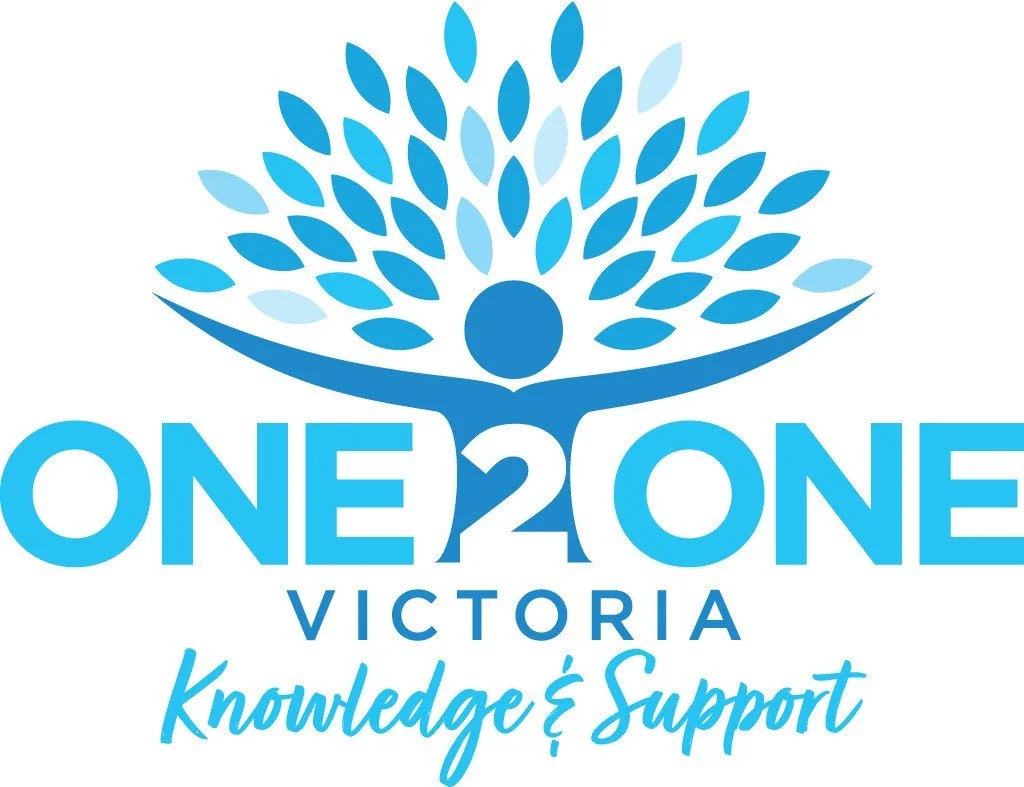NDIS Worker Screening Process Explained: A Simple Guide to Keeping Disability Support Safe
The NDIS worker screening process is designed to help keep people with disability safe by making sure that anyone who works with them is suitable and does not pose a risk. This screening is a formal check conducted by state and territory worker screening units on behalf of the National Disability Insurance Scheme (NDIS). The main goal is to assess individuals seeking to work or currently working in disability support roles to determine if they are safe to do so. Depending on the assessment outcome, a worker is either cleared to work in certain roles or excluded from those roles for safety reasons.
To start the process, workers complete an online application through their state's or territory's worker screening unit. During this application, they have to nominate their employer or indicate if they are self-managed participants. After submitting the application and paying a fee, the screening unit verifies the identity of the worker and sends the application details to the national NDIS Worker Screening Database (NWSD). The employer or participant is then notified by email to verify the worker’s details in the database, establishing a linked relationship. This system helps ensure transparency and official tracking of worker screening status.
The worker screening unit undertakes a risk assessment based on the information submitted, including checks of criminal history and other relevant records. This evaluation helps determine whether a worker is suitable to work in roles that involve close contact and support of people with disability. The results of this assessment will either clear the worker, allowing them to work in those roles, or exclude them if they are found not suitable. The outcome is recorded in the NDIS Worker Screening Database, which registered and eligible providers use to verify current screening status.
One important feature of the NDIS worker screening is its national recognition. This means once a worker is cleared in one state or territory, they don’t need to complete a new screening if they move or work across different parts of Australia. This national approach helps reduce administrative burdens and supports worker mobility within the disability sector, making it easier for workers and providers alike.
NDIS registered providers have a legal responsibility to ensure all workers in risk-assessed roles have a valid screening clearance. If the screening process is not yet complete or available, providers may use approved transitional arrangements that allow workers with other acceptable checks to work temporarily. However, the goal is to move fully to the NDIS Worker Screening system to maintain a consistent and high standard of safety across the disability workforce.
Overall, the NDIS worker screening process is a critical safeguard to protect people with disability by preventing unsuitable individuals from working in vulnerable roles. It establishes clear, transparent, and consistent checks across Australia, giving NDIS participants and their families greater confidence in the safety and quality of the supports they receive. This system helps build trust within the disability community, supporting safe and positive outcomes for everyone involved.
